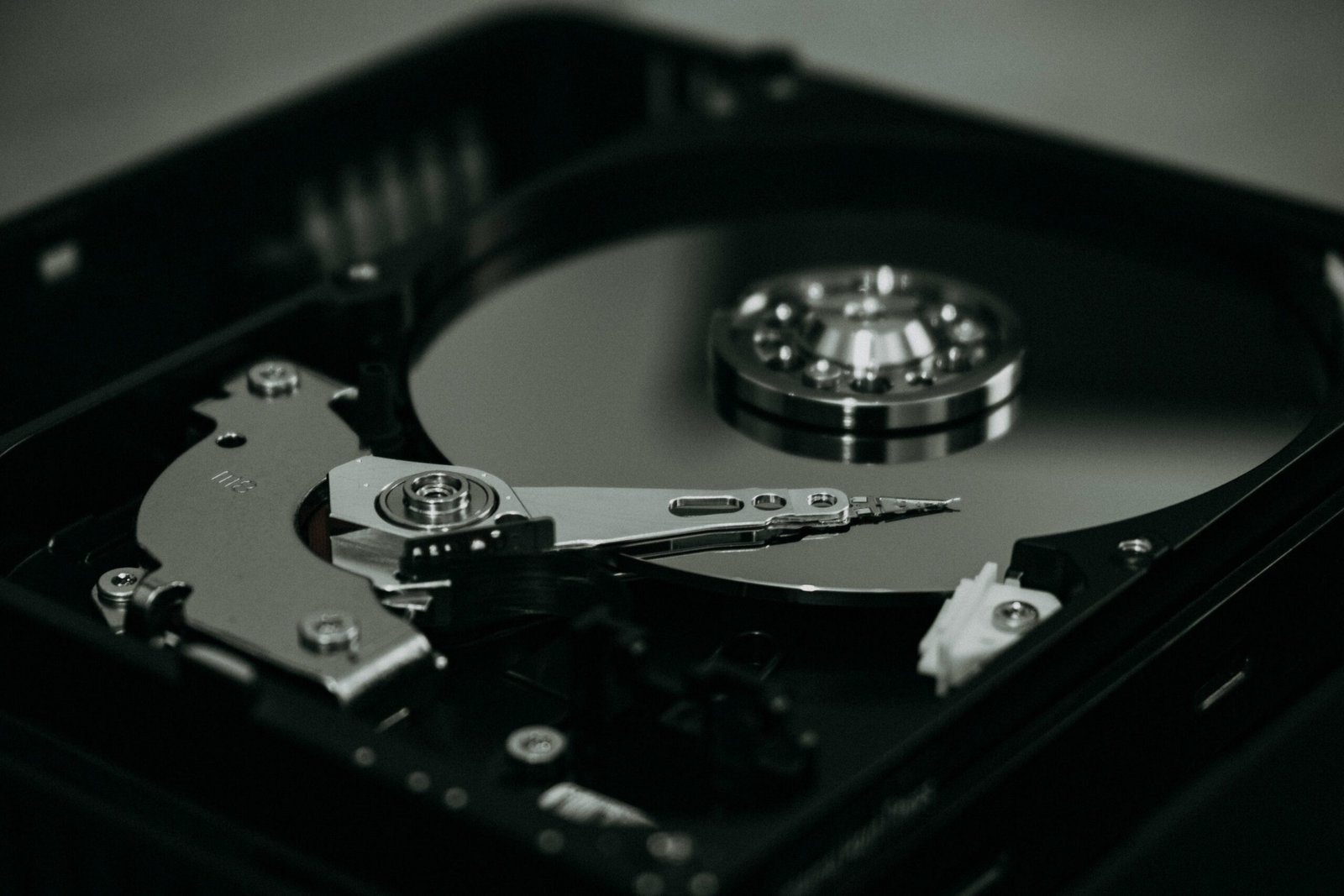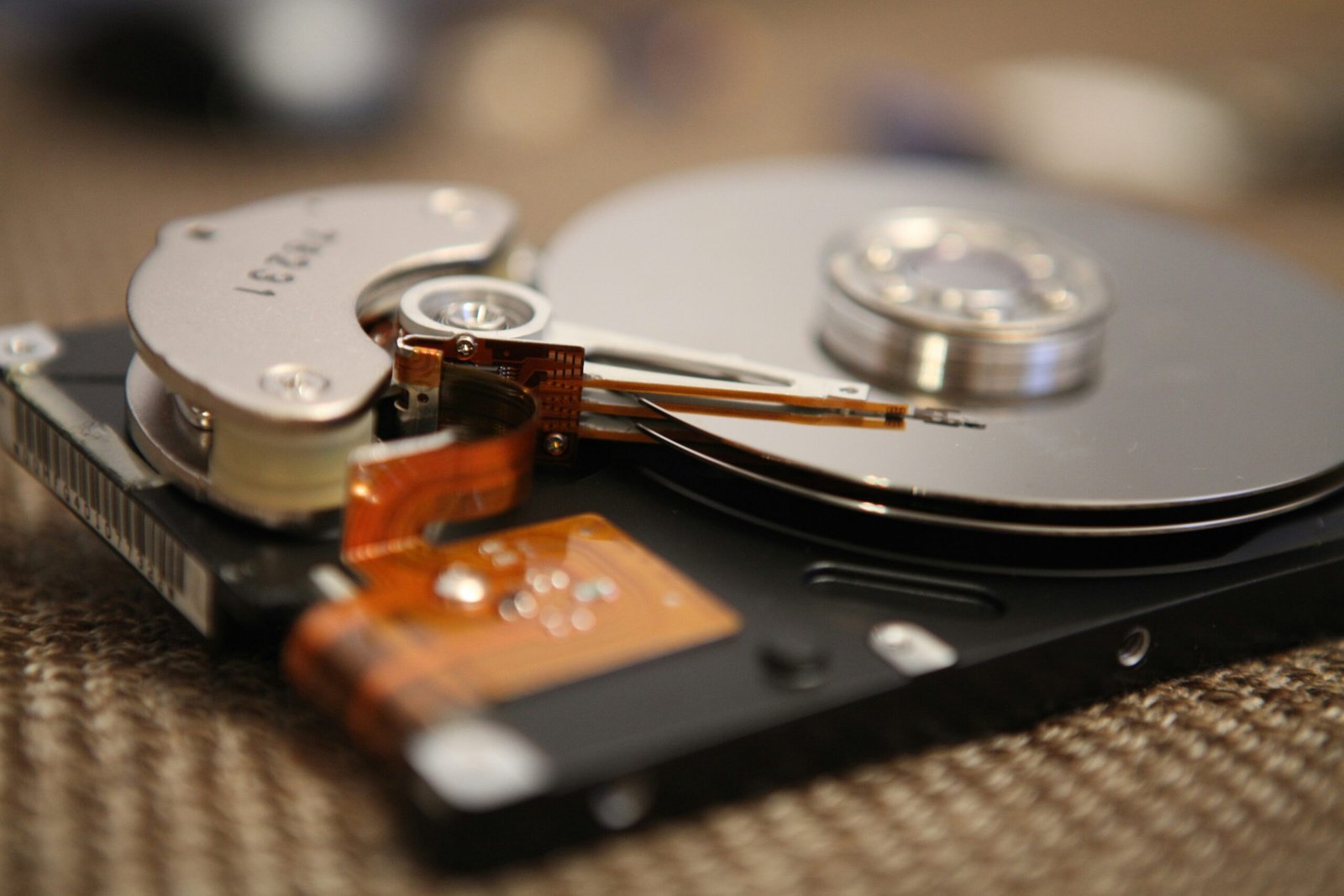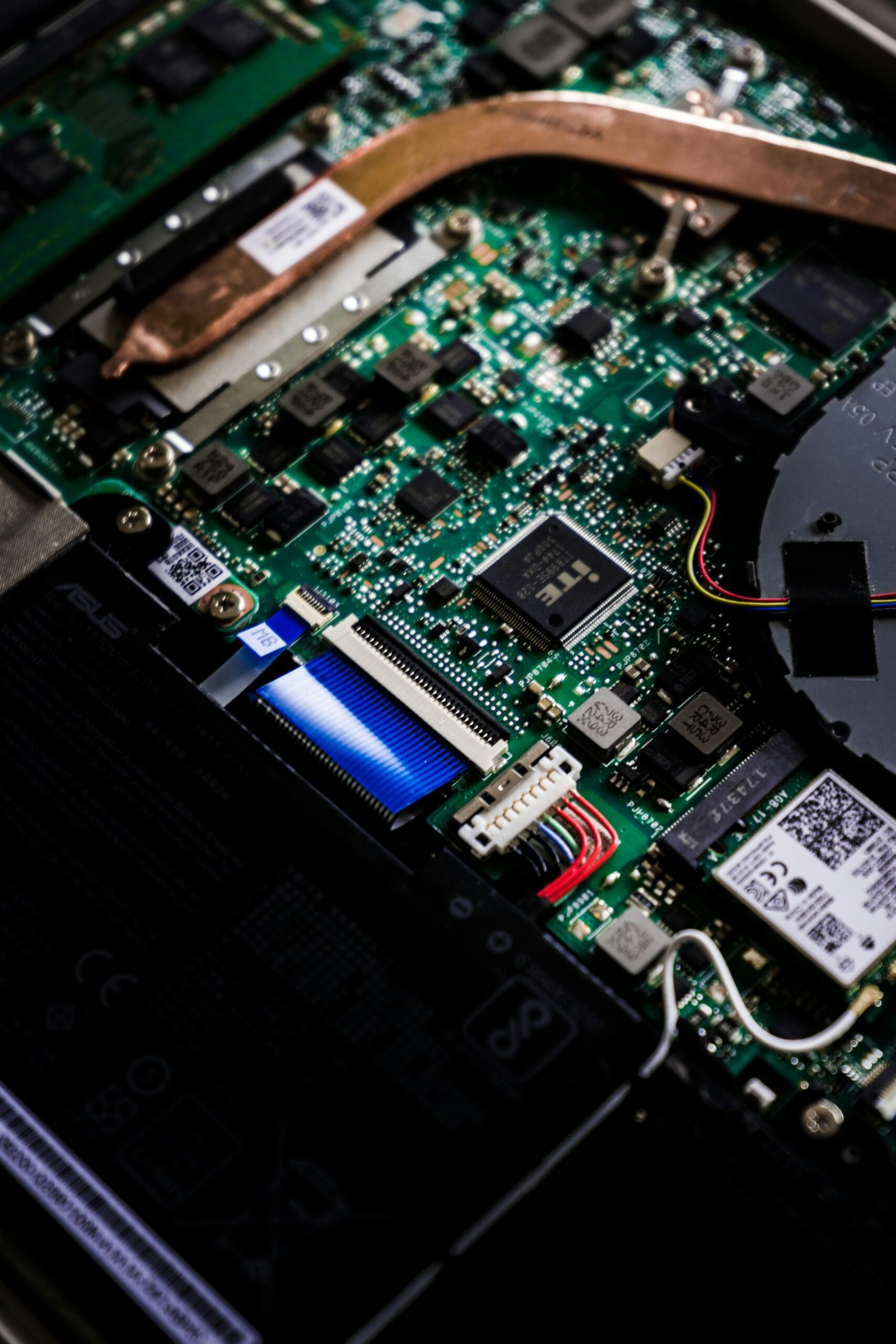The Evolution of the Floppy Drive: A Brief History

The floppy drive, once a ubiquitous piece of computer hardware, has now become obsolete in the modern computing era. However, it played a significant role in the early days of personal computers and data storage. In this article, we will explore the history of the floppy drive and its impact on the computer industry.
The Birth of the Floppy Drive
The first floppy drives were introduced in the 1970s by IBM. These early floppy drives used 8-inch floppy disks, which were large, flexible, and capable of storing a mere 80 kilobytes of data. Despite their limited capacity, floppy drives quickly gained popularity due to their convenience and ease of use.
As technology advanced, the 8-inch floppy drives were replaced by smaller and more efficient versions. In the late 1970s, the 5.25-inch floppy drive was introduced, offering increased storage capacity of up to 360 kilobytes. This smaller form factor made it easier for computer manufacturers to incorporate floppy drives into their systems.
The Rise of the 3.5-Inch Floppy Drive
In the mid-1980s, the 3.5-inch floppy drive was introduced, revolutionizing the world of data storage. These smaller floppy disks were encased in a rigid plastic shell, making them more durable and less susceptible to damage. The 3.5-inch floppy drive quickly became the standard for personal computers, offering storage capacities ranging from 720 kilobytes to 1.44 megabytes.
During this time, the floppy drive became an essential component of every personal computer. It was used for installing software, transferring files, and creating backups. However, as technology continued to advance, the limitations of the floppy drive became apparent.
The Decline of the Floppy Drive
With the introduction of CD-ROM drives and USB flash drives in the late 1990s, the days of the floppy drive were numbered. These new storage options offered significantly larger capacities and faster data transfer rates. The floppy drive simply could not keep up with the growing demands of the computer industry.
By the early 2000s, many computer manufacturers began phasing out floppy drives from their systems. Laptops and desktop computers were being designed without floppy drive slots, making it clear that the floppy drive was becoming obsolete.
The Legacy of the Floppy Drive
Although the floppy drive is no longer widely used, its legacy lives on in the form of the save icon. The small 3.5-inch floppy disk icon is still used in many software applications as a symbol for saving files. This iconic image serves as a reminder of the floppy drive’s importance in the early days of computing.
Despite its limitations, the floppy drive played a crucial role in the development of personal computers. It provided an accessible and portable means of data storage, paving the way for future advancements in technology. While it may no longer be in use today, the floppy drive will always be remembered as an integral part of computer history.
In conclusion, the floppy drive has come a long way since its introduction in the 1970s. From the bulky 8-inch floppy disks to the smaller and more efficient 3.5-inch floppy disks, it played a significant role in the evolution of data storage. While it may be obsolete now, the floppy drive will always hold a special place in the history of computing.




